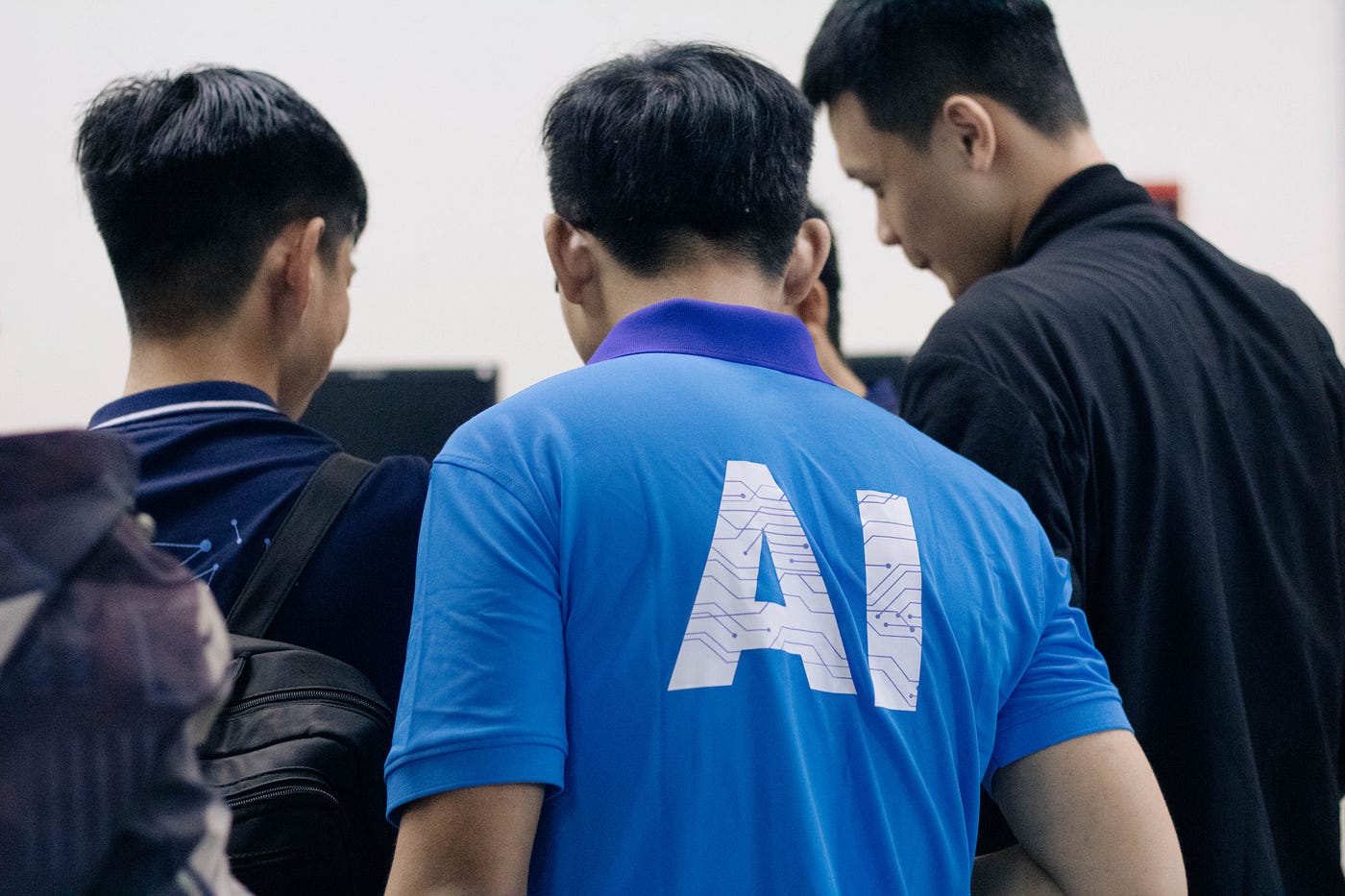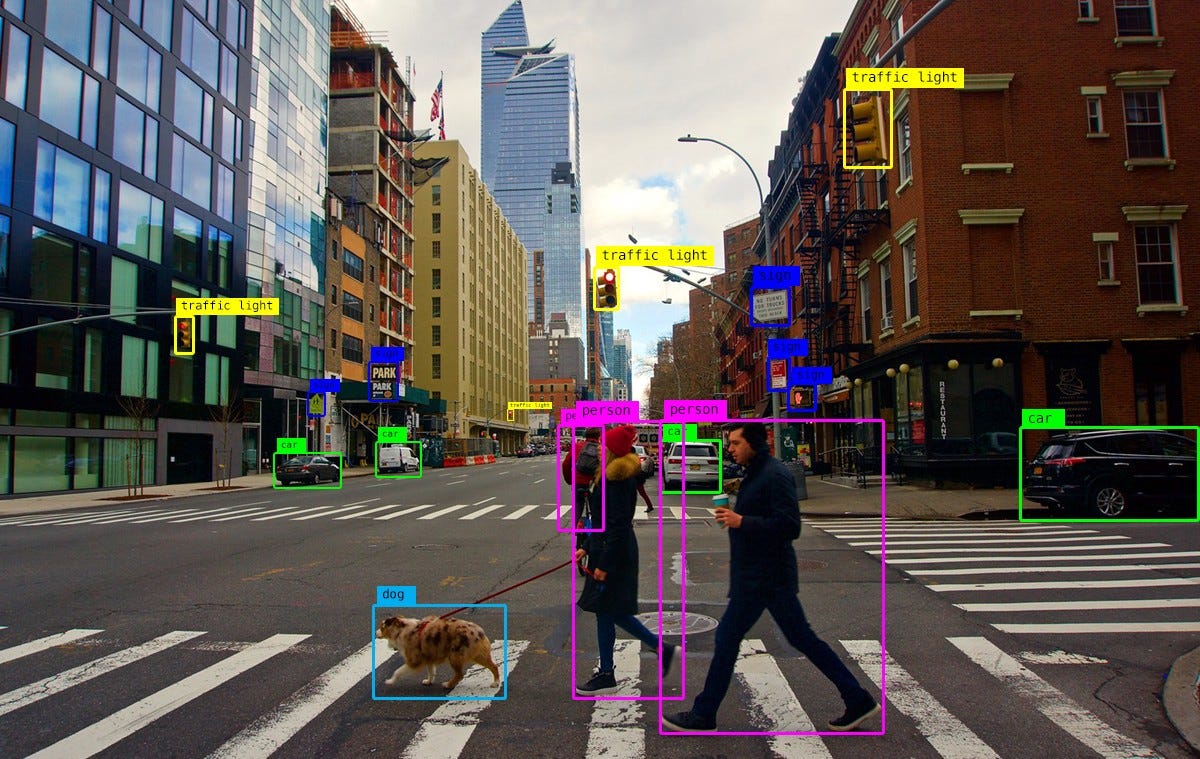Results for ""
Decades from now, the two years of the post-COVID world, 2020 and 2021, would be seen as watershed moments in Artificial Intelligence (AI). In the unprecedented years that COVID ravaged the world, enterprises accelerated their journey to data and digital: finding ways to creatively, broadly, and boldly apply AI to emerge stronger in the short-term and survive in the long-term.
A clear pattern has emerged globally for the past 5 years. In 2018–19, the AI experimentations within enterprises became mature. In 2020, adoptions began in a serious way and suddenly, COVID-19 gave the business leaders an opportunity and impetus to push automation and AI. In 2021, the fallout from the second and third waves of COVID-19 became clear, starting with the rapid decline of many traditional, not-so-digital businesses.
Most popular noteworthy uses of AI over the past year included automating customer contact-centers, improving marketing operations, and upgrading existing products with machine learning.
As the C-suite takes notice, following are the relevant trends I expect to emerge in 2022:
1. AI Closely Gets Integrated to Human Life and Business, Ethical AI Will Become Key
Although the large populace has accepted AI’s inclusion into their public and private lives, concerns have grown, too.
The potential risk of AI intruding into privacy, data safety and other rights of individual consumers are emerging as key challenges; and, this is not lost on enterprises. Significant research is now available on the ethical implications of AI, and businesses will rapidly evolve in 2022 to meet these challenges.
2. AI-Driven Personalization Will Progress Rapidly
Per a recent McKinsey survey, AI is most impactful in business operations that are closest to the consumers and, therefore, create the highest values. Examples include service operations such as contact centers, product offerings and marketing operations.

Image Credit: Nguyen Dang Hoang Nhu on Unsplash
At the same time, a separate report from Accenture claims that 91% of the consumers are likely to shop with brands who send them “relevant” information. Not surprisingly, most enterprises are investing heavily into personalization, including the likes of UK’s NatWest Bank, Coca-Cola, BMW, Johnson and Johnson, India’s Airtel etc.
As an added advantage, the penetration of smartphones even in the developing world and IoT sensors in stores have made it possible for businesses to collect a wealth of data on their audiences and shoppers. 2022 will see a rapid scaling of personalization AIs across the spectrum, and they will become the “new normal” of our online and in-store shopping and digital product experiences.
3. Computer Vision Will Make Rapid Progress
Video has become the dominant medium for our digital lives. Over 7 billion videos, one for every human being on earth, are watched on YouTube daily. In 2022, over 80% of all internet data is expected to be video, both long format such as Netflix or YouTube and fast growing short-form categories l such as TikTok, Instagram reels and so on. Automated tools for videos will make rapid progress in 2022.

Image credit: levelup
However, there is another trend I expect to emerge that will likely dominate the news in the next 5 years. In the middle of the second wave of the pandemic making rounds globally, a little-noticed announcement made in December 2020 skipped most people’s attention: that Amazon plans to roll out tools to monitor factory workers and machines. Called AWS Panorama, it uses computer vision to analyze CCTV camera footage within facilities, automatically detecting safety and compliance issues such as workers not wearing PPE, or vehicles being driven in unauthorized areas.
While this may sound like a trivial technology, consider the scale. A large industrial warehouse (250,000 sq. ft or 25,000 sq. mt.) can have 500–600 CCTV cameras operating at 60 fps (frames per second) — generating about 43 to 52 million images per day, about 1.5 billion per month. transferring, storing and processing such information and driving intelligence out of such large scale data is a complex task.
And yet, compared to other voice, image and text, there has been relatively limited focus on building AI products and capabilities for videos. This represents a massive market opportunity, especially with current developments in edge computing driven by new hardware from Nvidia.
Expect to see AI products for computer visions, especially in the industrial setting. Amazon is reportedly spending a billion dollars and hiring over 1000 data scientists to help automate the supply chain and warehouses. Other stealth/ early stage startups such as s20.ai, Landing AI and Viso Suite are building low code application platforms to democratize computer vision AI.
4. The First AI Model with 100 trillion Parameters Will be Rolled Out in 2022
Natural language processing (NLP) today is dominated by the development of larger and larger transformer-based models:
OpenAI’s GPT-2 became the first model with over 1 billion parameters, unthinkable for, ahem, 2019!!!
In 2020, GPT-3 took the AI community by storm; with 175 billion parameters, it dwarfed everything that had come before it.

Image Credit: Clarisse Croset on Unsplash
In 2021, the trillion-parameter barrier was broken by models from Google with 1.6 trillion parameters and the Beijing Academy of Artificial Intelligence with 1.75 trillion parameters.
Expect this hockey-stick growth to continue in 2022 . I am personally rooting for GPT-4 with 100 trillion parameters.
5. Synthetic Data and Automated Labeling Initiatives Will Scale Rapidly
Obtaining the right datasets is the most challenging, and sometimes, most expensive, labor-intensive part of building AI products today. Synthetic data, produced by software (and, AI itself) offers significant advantages over the current approach of collecting and manually labeling real world datasets.
In 2022, expect multiple major computing platforms such as Amazon Web Services, Microsoft Azure, Google Cloud Platform, Unity Technologies, Scale AI to launch new synthetic data efforts to attract more model builders to their ecosystems.
The Balancing Act: AI With Trust, Security and Digital Rights
In 2022, businesses and governments across the world face the uphill task of rebuilding their economy from the damages of the past two years and employing AI in innovative ways to deliver better governance to their stakeholders — customers, business partners, citizens and more.
The challenge will be to do this at the right pace while building the stakeholders’ trusts by protecting their rights and their digital security. Those who manage to do so will win the heart and soul of their constituents.
The Global AI Action Alliance, a group of World’s top 100 companies, institutions and think tanks under the aegis of World Economic Forum, is an example of an effort to spearhead such conversations globally as AI sets to get deeply integrated to human societies around the world.






